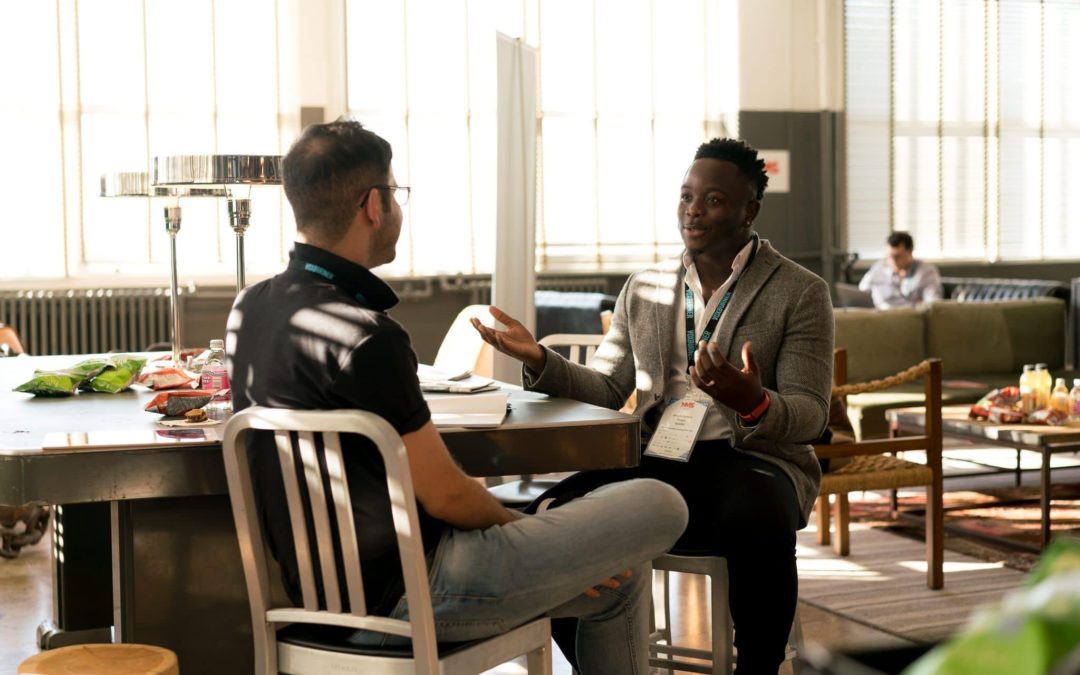Q: Getting to We is a book about negotiating, but you say it is more than a traditional negotiation book. How is it different?
A: Hundreds of books have been written on negotiation strategies and tactics such as Getting to Yes, Getting Past No, Getting More and even Start with “No”. Those books focus on one-off transactions. Negotiators get a signature, and think they are done.
Getting to We puts the horse before the cart.
It is not about getting the best deal today and then hoping that a good relationship follows. Negotiators and business leaders learn that the secret to a “good deal” is negotiating the relationship before negotiating the deal points.
Q: What is the main difference between negotiating a deal and the relationship?
A: The difference starts with the goal of the negotiation (negotiate the relationship first) and continues with the process and tactics that people use during the negotiation. Old school, tit-for-tat, no one is happy until there is blood in the water tactics just won’t cut it if you want to develop a highly collaborative relationship. You’re shooting yourself in the foot if you use those tactics to develop a highly collaborative relationship.
Q: How is the Negotiate to We program, part of Getting to We?
The “Negotiate To We” program fills the negotiation skills gap. It gives people the tools to solve nagging operational issues together. They put the old school tactics to the side and learn to use collaborative techniques instead. People learn how to collaboratively communicate and negotiate for better relationship performance.
“Getting to We” is a process, not a skill. You “Get to We” over time as you follow the steps, build trust, and work your governance processes.
Q: What Does WIIFWe stand for?
A: WIIFWe stands for “what’s-in-it-for-we.” It’s not nearly as hokey as it sounds. WIIFWe means the relationship is mutually beneficial. I know everyone says that, but people who really think “what’s in it for me and my partner” are good collaborative negotiators.
Q: WIIFWe sounds like ‘win-win’?
A: Yes. No apologies there. Listen, win at any cost is killing many of you. Many relationships can do way more when people learn to think in terms of mutual benefit and to create and share value.
Q: Is getting to a ‘win-win’ real?
A: If it weren’t, I would have not have written three books on the topic or spent 14 years teaching it. I’ve gotten a win-win on large and small deals alike. Getting to We profiles real-world success stories of companies that have applied a winwin, WIIFWE mindset.
Q: How do I get started on Getting to We?
A: The only precondition to “Get to We” is to be willing to embrace a WIIFWe, mutual benefit philosophy. Once you have that, you are all set to follow the steps outlined in the book. Or, you can email me. I can help you pick the right relationship and develop a project plan to rewire that relationship for success.
